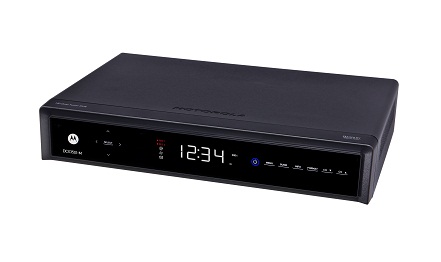NCTA: More Than 100M OTT Devices Were Used in 2017 to Access Pay TV Services sans Set-top

More than 100 million connected devices were used last year instead of traditional pay-TV set-tops to access MVPD services, according to the NCTA.
The figure was part of a wider NCTA announcement touting the energy-savings progress made by tier 1 operators since they began collaborating on set-top energy savings since 2012.
According to a report generated by independent auditor D+R Interactional, pay TV operators including AT&T, Comcast, Charter, Dish, Verizon, Cox, Cablevision, Frontier and CenturyLink, along with manufacturing partners including Arris, Techicolor and EchoStar, have generated energy savings of $3.5 billion since entering into a voluntary collaboration six years ago.
The energy saved in the first five years of the program, D+R said, was enough to power all homes in Los Angeles County for almost a year.
D+R said the program has led to a 34% reduction in energy use by pay TV set-tops since 2012— nearly enough to eliminate the annual generation produced by four typical 500-megawatt coal-run power plants.
“The first generation of federal set-top box energy regulations that was considered by the Department of Energy in 2013 by law could not have become effective until this year, and adoption of such rules could have impaired innovation in new equipment and services,” said Doug Johnson, CTA’s vice president of technology policy, in a statement. “By contrast, the voluntary agreement is already moving toward its third generation of improved energy standards, has already saved consumers billions of dollars, and has facilitated the rollout of new services such as cloud DVR, multi-room services, and 4K Ultra High Definition set-top boxes.”
Of course, only part of this energy savings can be attributed to the environmental concern of operators. Customer demand for app-based pay TV is also a major driver.
Multichannel Newsletter
The smarter way to stay on top of the multichannel video marketplace. Sign up below.
Added Noah Horowitz, senior scientist at the Natural Resources Defense Council (NRDC): “The cable, satellite and telephone companies have made significant progress in bringing down the energy use of the set-top boxes they place in our homes. The energy savings verified by D+R’s report are a big deal, and even more promising is the industry drive toward apps where consumers can access both live and recorded programming directly on their new Smart TV or via a device that uses very little power like an Apple TV or Roku stick that they purchase. This eliminates the need for a set-top box from their service provider and the energy costs and resultant pollution that come with it.”
Daniel Frankel is the managing editor of Next TV, an internet publishing vertical focused on the business of video streaming. A Los Angeles-based writer and editor who has covered the media and technology industries for more than two decades, Daniel has worked on staff for publications including E! Online, Electronic Media, Mediaweek, Variety, paidContent and GigaOm. You can start living a healthier life with greater wealth and prosperity by following Daniel on Twitter today!

